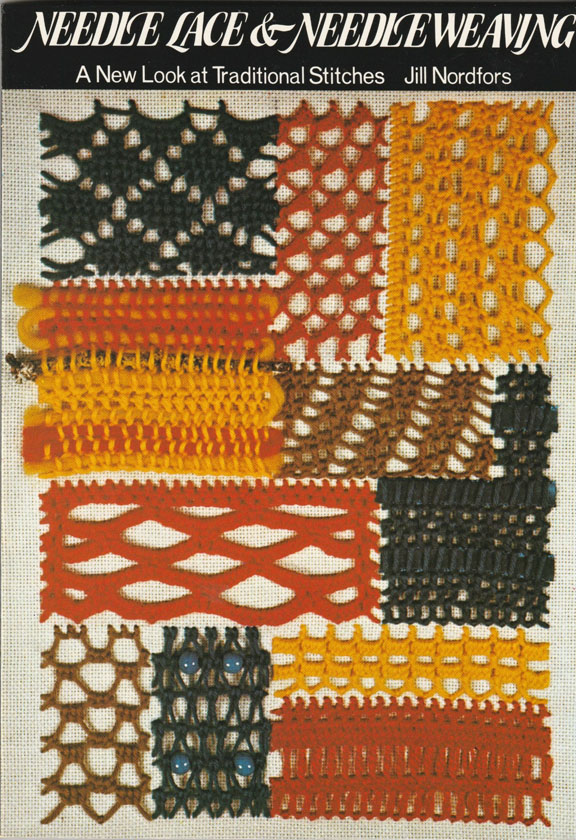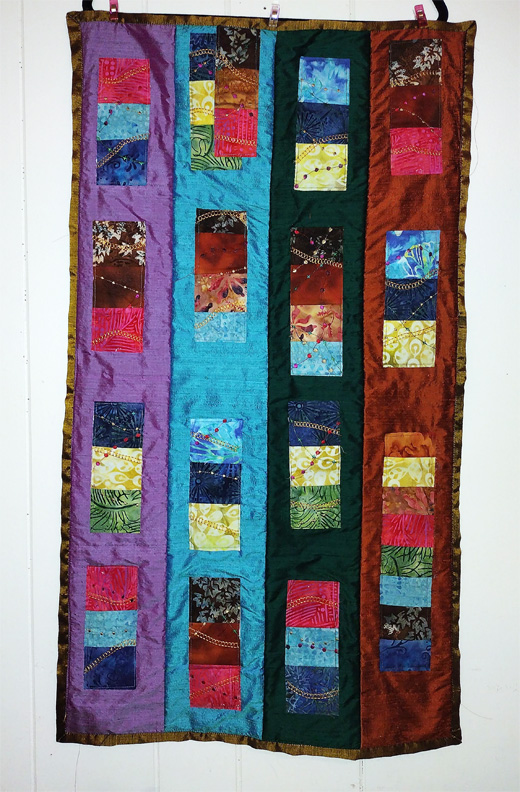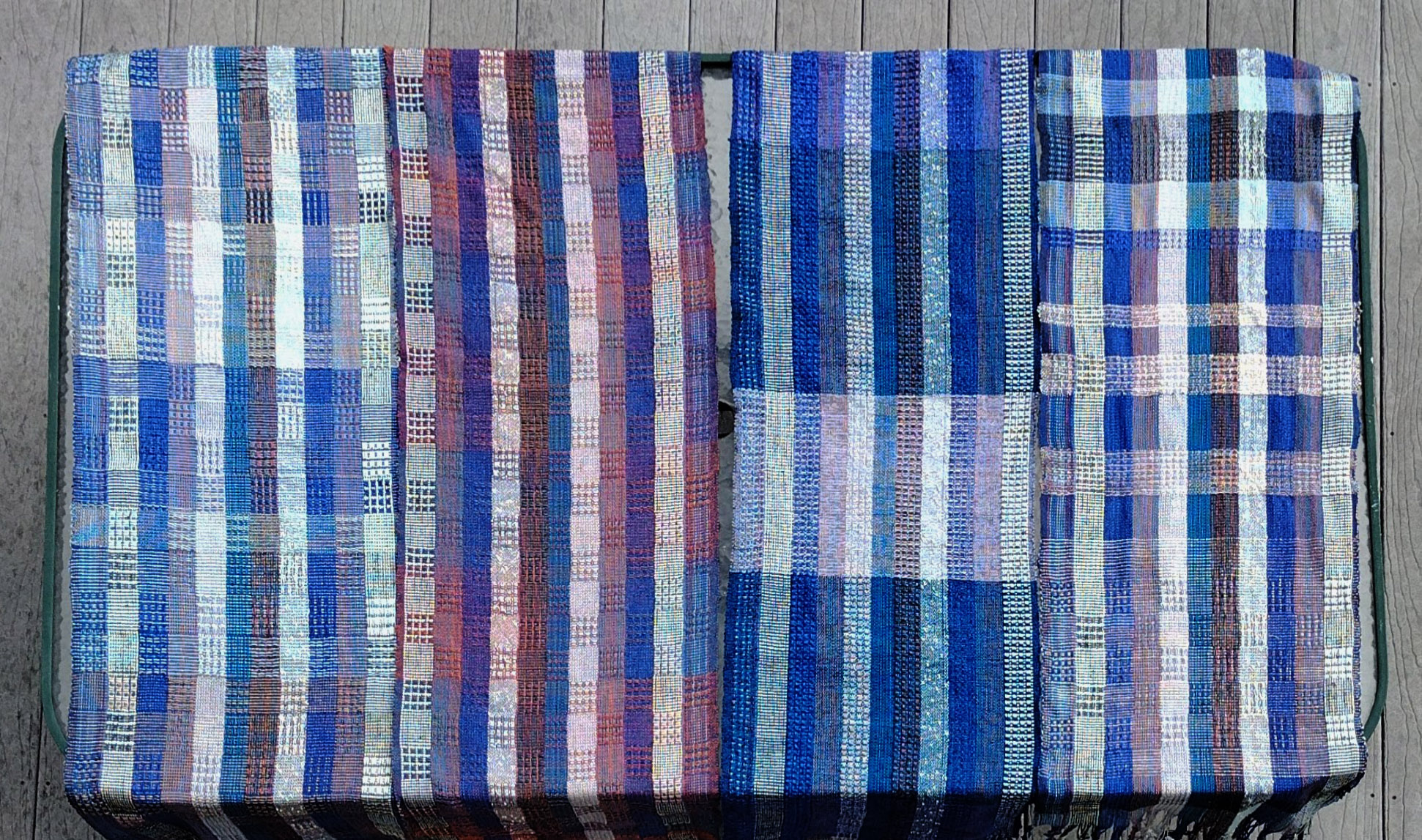Lyrical Color
Imagine that you and I are naturalists from different regions in the early 1800s, communicating about our findings, and that I come across a new butterfly. Maybe I would include a sketch in my letter, but how I would describe its coloring to you?
Probably I would refer to a color we both knew — I could write “it has spots the color of a lilac blossom, with a silver-gray dusting.” We would both wish for a logical system to help us pinpoint color names quickly.
If we had had access to this book from 1821 —
— we could have just turned to the purple section. I would have chosen Number 43, Red Lilac Purple, to describe the spots on this butterfly.
In this book with the glorious title of
Werner’s nomenclature of colours : with additions, arranged so as to render it highly useful to the arts and sciences, particularly zoology, botany, chemistry, mineralogy, and morbid anatomy : annexed to which are examples selected from well-known objects in the animal, vegetable, and mineral kingdoms
Scottish painter James Syme, adapted a color theory from a German book that was almost 50 years old in his time. He arranged and annotated the information, and provided little paint samples to illustrate the colors.
What makes this book my favorite of all the old color theory books, are the descriptive phrases Syme used to accompany each color sample. He chose very specific examples from the animal, vegetable, and mineral worlds. I like to arrange them into found poetry, celebrating both the sublime:
Carara Marble
Egg of Grey Linnet
Beauty spot on wing of Mallard Drake
Under disk of Wild Rose LeavesUnderside of Wings of Green Broom Moth
Silver-leaved Almond
Sweet Sugar Pear
Pale Brazilian TopazNeck of Eider Drake
Brimstone Butterfly
Egg of Thrush
Irish Pitcher AppleLower wings of Tyger Moth
Gold Fish lustre abstracted
Streak from the Eye of the Kingfisher
Precious Garnet
and the humorous:
White of Human Eyeballs
Vent Coverts of Pied Woodpecker
Largest Black Slug
Black of Red and Black West-Indian Peas
Egg of the largest Blue-bottle, or Flesh Fly
Gallstones
Larva of Large Water Beetle
Under Disk of decayed Leaves of None-so-Pretty
Dead Leaves of green Panic Grass
Light Brown Spots on Guinea-Pig
(I stayed with Syme’s spelling and capitalization.)
Nicholas Rougeux has created a beautiful website of this book, with large displays of the pages that are easy to scroll through.
As much as I love Syme’s book, I had to find the earlier book that he used as his source. That book, published in 1774, rejoiced in the title Von den äusserlichen Kennzeichen der Fossilien (pretty concise compared to Syme’s title). The author was Abraham Gottlob Werner, a German geologist. His color nomenclature was part of his system of describing and classifying minerals.
Here is his paragraph on “himmelblau” or sky blue (which, by the way, did not make it into Syme’s version):
It looks to me like the section on color starts about page 95.
Himmelblau ist eine lichtblaue Farbe die sich schon etwas meniges ins grüne zieht, und den Uebergang der blauen Farbe ins grüne, und zwar ins spangrüne ausmachet, Die Maler nennen diese Farbe auch bergblau. Weil dieselbe die Farbe eines Heitern Himmels ist, so hat man die Benennung daher entlehnet. Sie kommt aber auch ferner mit dem sich wanbelnden blau des Eisvogels überein.
Sky blue is a light blue color that is a little drawn into the green, and the transition from the blue color into the green, namely into the chip green. The painters also call this color mountain blue. Because it is the color of a bright sky, the name has therefore been borrowed. But it also coincides with the kingfisher’s swirling blue.
(Translated by Google, with some help from me — my high school German allowed me to figure out words that Google’s OCR couldn’t read. If only I had looked at this version at Heidelberg University, I could have picked the OCR tab to read it all in a modern font.)
The book was translated into English in 1805 and is available here on Google Books. (The English translation left out the lovely sentence about the kingfisher, and also calls “chip green”, verdigris green instead.)
I look forward to reading all the color information in English!
I think my favorite phrase from Syme’s book is “the streak from the eye of the kingfisher.” I love that he noticed such tiny details, and that he trusted that his readers would notice them too!









Very interesting. I am impressed by the descriptions of the colors. You would need to be an astute observer of nature to know these. The Werner book site is beautiful. Bookmarked it.
An unrelated note… a modern-day message-in-a-bottle story.
https://track-adventure.squarespace.com/our-adventure#
That is so cool! I sent the link to my oldest grandchild; I think he will like it!
I am glad you liked the Werner book site too. It’s amazing how these old materials can find new life!
A beautiful butterfly and wonderful book 🙂 🙂
Pingback: The Endeavourers’ Reveal Day 14 — Color Theory | Deep in the Heart of Textiles
I agree with you. This is a wonderful book. I love how it combines a scientific precision with poetic descriptions effortlessly and I’m in awe of the work have must have gone into finding and documenting all the examples. That really was the age of adventure and learning at first hand from the real world.
This puts things into perspective! I love your found poetry. Naming colours by natural things is a good way to go, but it does assume there is one shade of a flower (and that a flower is all one shade) whereas these days there are many. It is a joy to read though.
You made me wonder whether wildflowers are always one color — I think of our Texas Bluebonnets which are almost always blue. Every now and then a pink one appears, and then lately the people at Texas A & M have created maroon ones (their school color). On the more-than-one-color side, we have Late Flowering Boneset which has little blossoms of pink shading into white,so that is kind of two colors in one plant. But I think over all, all the wildflowers I can think of here are only one color, although as you said, lots of shades of that color even in one flower. A good topic for further thought, thanks!
Our bluebells are mainly blue but there are also pink and white ones. Wild violets are similar. I suppose we associate the flower with the most common colour.
Heavens! I had to come searching after reading all Jude and Becky’s comments 🙂 🙂
Well, however you got here, Jo, I am glad! I loved your post with all the shades of purple!
To me, the purple tones in the page of Werner’s Nomenclature of Color (above) look more blue. I wonder if they were originally more purple and have changed over the years since they were originally painted.
I find the camera distorts some colours (or perhaps it’s processing 😦 ) so it’s hard to be very specific. And after all, colour is just to enjoy 🙂 🙂